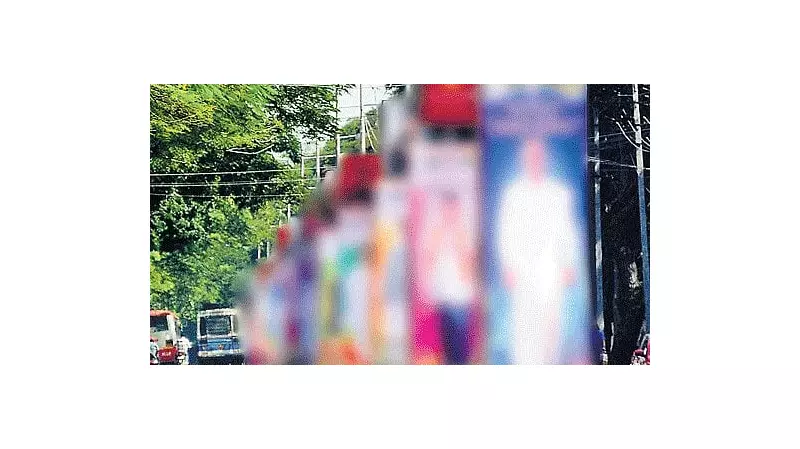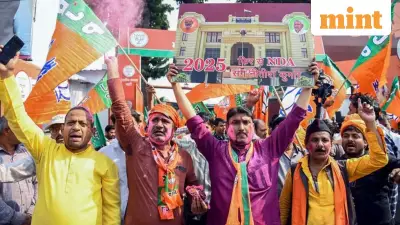
The Bruhat Bengaluru Mahanagara Palike (BBMP) has introduced a revised outdoor advertising policy that marks a significant shift in the city's urban landscape management. The new regulations now explicitly permit the installation of advertisement hoardings on footpaths and footpath railings, a move that has sparked discussions about pedestrian safety and urban aesthetics.
Key Changes in Bengaluru's Advertising Policy
The revised policy, approved by the BBMP council, represents a comprehensive overhaul of how outdoor advertising will be managed across India's technology capital. The most notable change allows advertisers to place hoardings on footpaths measuring two meters or more in width, provided they maintain a minimum clearance of 1.8 meters for pedestrian movement.
According to the new framework, footpath railings can now accommodate advertisements up to 0.6 meters in height. The policy also introduces specific provisions for various urban elements, including traffic signal posts, foot overbridges, and public utility structures. This represents a significant departure from previous regulations that largely restricted such advertising in pedestrian zones.
Revenue Generation and Urban Planning Considerations
BBMP officials have defended the policy revision as a necessary measure for revenue enhancement and urban management. The civic body estimates substantial financial benefits from the revised advertising framework, though specific revenue projections haven't been publicly disclosed. The policy includes provisions for both temporary and permanent advertising structures, with different fee structures for each category.
The timing of this policy revision is particularly significant as Bengaluru continues to grapple with infrastructure challenges and funding constraints. Urban development experts note that while revenue generation is important, the policy must balance economic benefits with public space preservation and pedestrian safety considerations.
Public Safety and Accessibility Concerns
Urban planners and citizen activists have expressed serious concerns about the potential impact of footpath advertisements on pedestrian mobility and safety. Bengaluru already faces significant challenges with footpath encroachment and inadequate pedestrian infrastructure, and critics worry that additional advertising structures could further compromise walking spaces.
Accessibility advocates have raised particular concerns about how these advertisements might affect elderly citizens, children, and persons with disabilities who rely on clear, unobstructed footpaths for safe mobility. The specified 1.8-meter clearance requirement, while theoretically sufficient, may prove challenging to enforce consistently across the city's diverse urban fabric.
The policy implementation comes at a time when Bengaluru is attempting to improve its pedestrian infrastructure through various urban development initiatives. How the BBMP will reconcile these competing priorities—revenue generation through advertising and pedestrian-friendly urban design—remains to be seen as the new regulations take effect across the city's neighborhoods.





